The Impact of Education Gap on Household Financial Asset Allocation
DOI: 10.23977/ferm.2024.070412 | Downloads: 28 | Views: 1082
Author(s)
Xinzhe Xu 1, Jianyang Yi 1
Affiliation(s)
1 School of International Business and Management, Sichuan International Studies University, Chongqing, China
Corresponding Author
Xinzhe XuABSTRACT
As a crucial component of wealth accumulation, household asset allocation decisions have become increasingly significant in the context of accelerated aging process and rising retirement savings pressure. Utilizing data from the China Household Finance Survey (CHFS) from 2015 to 2019, this paper investigates the impact of education gap among core members on households’ financial asset allocation decisions. The study reveals that: The education gap among core members has a significant negative impact on household participation in risky financial asset investments; This education gap affects the householder’s focus on economic information and the degree of risk aversion through bargaining process; An expanding education gap among core members results in a more concentrated household income source and suppresses household participation in risky financial asset investments. This research highlights that promoting the diversification of household financial asset allocation should not only focus on the decision-makers but also consider the characteristics of other core members.
KEYWORDS
Household Finance; Asset Allocation; Education GapCITE THIS PAPER
Xinzhe Xu, Jianyang Yi, The Impact of Education Gap on Household Financial Asset Allocation. Financial Engineering and Risk Management (2024) Vol. 7: 93-102. DOI: http://dx.doi.org/10.23977/ferm.2024.070412.
REFERENCES
[1] Van Rooij M, Lusardi A, Alessie R. Financial literacy and stock market participation[J]. Journal of Financial economics, 2011, 101(2): 449-472.
[2] Bianchi M. Financial literacy and portfolio dynamics [J]. The Journal of Finance, 2018, 73(2): 831-859.
[3] Peress J. Information vs. entry costs: What explains us stock market evolution? [J]. Journal of Financial and Quantitative Analysis, 2005, 40(3): 563-594.
[4] Ashraf N. Spousal control and intra-household decision making: An experimental study in the Philippines[J]. American Economic Review, 2009, 99(4): 1245-1277.
[5] Ke D. Who wears the pants? Gender identity norms and intrahousehold financial decision‐making[J]. The Journal of Finance, 2021, 76(3): 1389-1425.
[6] Hu A, Qian Z. Does higher education expansion promote educational homogamy? Evidence from married couples of the post-80s generation in Shanghai, China [J]. Social science research, 2016, 60: 148-162.
[7] Heaton J, Lucas D. Market frictions, savings behavior, and portfolio choice [J]. Macroeconomic Dynamics, 1997, 1(1): 76-101.
[8] Dimmock S G, Kouwenberg R, Mitchell O S, et al. Ambiguity aversion and household portfolio choice puzzles: Empirical evidence[J]. Journal of Financial Economics, 2016, 119(3): 559-577.
[9] Bertocchi G, Brunetti M, Torricelli C. Who holds the purse strings within the household? The determinants of intra-family decision making [J]. Journal of Economic Behavior & Organization, 2014, 101: 65-86.
[10] Khan M T I, Tan S H. Does family affect financial outcomes and psychological biases? Evidence from small investors in Bangladesh [J]. Journal of Family Business Management, 2020, 10(2): 167-186.
[11] Lusardi A, Mitchell O S. Planning and financial literacy: How do women fare? [J]. American economic review, 2008, 98(2): 413-417.
[12] Guiso L, Paiella M. Risk aversion, wealth, and background risk [J]. Journal of the European Economic association, 2008, 6(6): 1109-1150.
[13] Liang P, Guo S. Social interaction, Internet access and stock market participation—An empirical study in China [J]. Journal of Comparative Economics, 2015, 43(4): 883-901.
[14] Guiso L, Sapienza P, Zingales L. Trusting the stock market [J]. The Journal of Finance, 2008, 63(6): 2557-2600.
[15] Chu Z, Wang Z, Xiao J J, et al. Financial literacy, portfolio choice and financial well-being[J]. Social indicators research, 2017, 132: 799-820.
[16] Jianakoplos N A, Bajtelsmit V L, Bernasek A. How marriage matters to pension investment decisions [J]. Journal of Financial Service Professionals, 2003, 57(2): 48.
[17] Brady M P, Mandal B. Spousal Risk Preferences and Household Investment Decisions[R]. Agricultural and Applied Economics Association, 2011.
[18] Angerer X, Lam P S. Income risk and portfolio choice: An empirical study[J]. The Journal of Finance, 2009, 64(2): 1037-1055.
[19] Berkowitz M K, Qiu J. A further look at household portfolio choice and health status[J]. Journal of Banking & Finance, 2006, 30(4): 1201-1217.
[20] Flavin M, Yamashita T. Owner-occupied housing: life-cycle implications for the household portfolio [J]. American Economic Review, 2011, 101(3): 609-614.
[21] Christelis D, Georgarakos D, Sanz-de-Galdeano A. The impact of health insurance on stockholding: A regression discontinuity approach [J]. Journal of Health Economics, 2020, 69: 102246.
[22] Meghir C, Pistaferri L. Income variance dynamics and heterogeneity [J]. Econometrica, 2004, 72(1): 1-32.
[23] Churchill S A, Mishra V. Returns to education in China: a meta-analysis[J]. Applied Economics, 2018, 50(54): 5903-5919.
[24] Gan L, Yin Z, Tan J. Report on the development of household finance in rural China (2014)[M]. Springer Singapore, 2016.
[25] Rao Y, Mei L, Zhu R. Happiness and stock-market participation: Empirical evidence from China[J]. Journal of Happiness Studies, 2016, 17(1): 271-293.
| Downloads: | 39839 |
|---|---|
| Visits: | 1095201 |
Sponsors, Associates, and Links
-
Information Systems and Economics

-
Accounting, Auditing and Finance

-
Industrial Engineering and Innovation Management
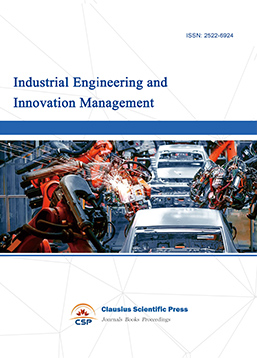
-
Tourism Management and Technology Economy

-
Journal of Computational and Financial Econometrics

-
Accounting and Corporate Management

-
Social Security and Administration Management

-
Population, Resources & Environmental Economics

-
Statistics & Quantitative Economics

-
Agricultural & Forestry Economics and Management
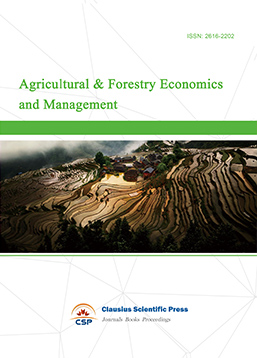
-
Social Medicine and Health Management
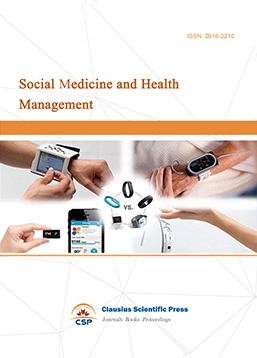
-
Land Resource Management
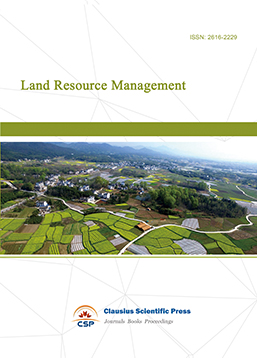
-
Information, Library and Archival Science

-
Journal of Human Resource Development

-
Manufacturing and Service Operations Management
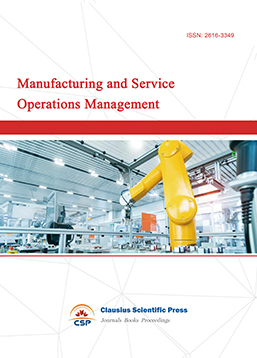
-
Operational Research and Cybernetics


 Download as PDF
Download as PDF